Introduction to fast growing vegetables in pots: Having a garden and growing plants in pots was growing food. So from the big pots of chives to the windowsill pots of mint and coriander, these first gardening experiences piqued interest. People are increasingly interested in experimenting with edible crops, and it is becoming apparent that green finger fever isn’t just a rural phenomenon.
Food is grown in the most unlikely places, such as rooftops, balconies, and windowsills. Pots are often the most convenient way to grow food. However, a container garden is an excellent way for people with limited space to get into edible gardening as it fits perfectly into any city corner.
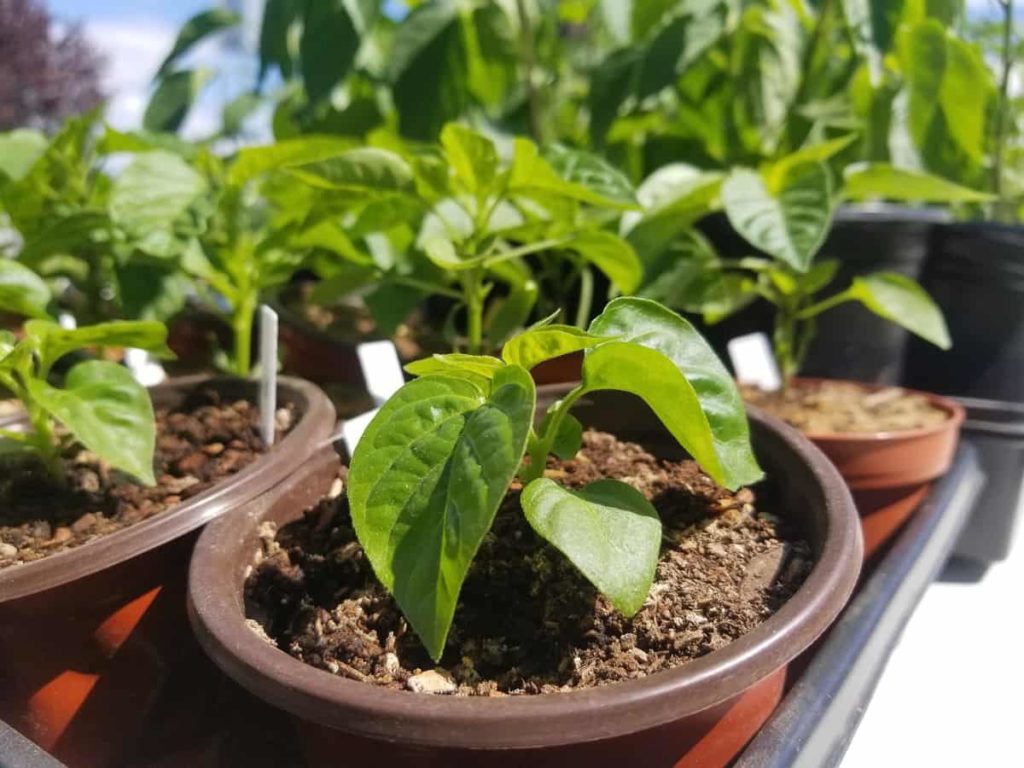
How to start fast growing vegetables in pots
Location
Vegetable plants thrive in direct sunlight, so you need to site your containers where they will receive at least 6 hours of direct sunlight per day. South-facing or west-facing locations are ideal. Ideally, it would help if you placed them close to your house so that you can easily access them. Keep your potted plants out of cold, drying winds by locating them in a sheltered area. The pots are planted along walls, fences, and hedges, or you can screen the pots to reduce the effects of the wind. Start by using your window ledges and balconies. If you do not have a garden, ensure your pots are adequately secured to prevent them from blowing away.
Watering
Container plants need a lot of water since they don’t have access to soil moisture. As a result, they tend to dry out within hours on a hot sunny day, and plants might not recover from severe wilting unless they are located near a water source. During hot weather, water your plants thoroughly in the morning and evening, ensuring that you don’t just water the surface but allow the water to soak into the roots. Drip irrigation is installed for convenience if you will be away from home for part of the summer.
You are choosing the proper containers
Many types, sizes, colors, and containers’ materials. You can be creative with recycled containers. Please make sure they’re clean and won’t leach harmful chemicals. Plastic and wood are tried and tested materials, but you can get creative with recycled containers. Ensure the container you choose is large and heavy enough to hold fully grown plants.
A good drainage system is essential to prevent waterlogging. Ensure there are adequate drainage holes and no blockages or debris. Put your homemade compost or purchased potting soil in the container. Garden soil is likely to be heavy and contaminated with weeds and other soil-borne pests, so avoid using it. In containers, nutrient replenishment will be necessary every season with a lightweight and moisture-retentive mix.
Planting a container garden
Using our Garden Planner, you can easily plan and manage your container garden with various specially designed garden objects. Viewing Garden Objects in the selection bar is as simple as outlining your garden, balcony, or patio. Click once to pick one up, move it to where you want it, then click to place it, rotating or resizing if necessary. Make sure you leave enough space around the containers to make watering and harvesting easy. In addition, it provides an overview of all the containers and other objects in your plan, such as drip irrigation.
In case if you miss this: Top 30 Fast Growing Vegetables at Home
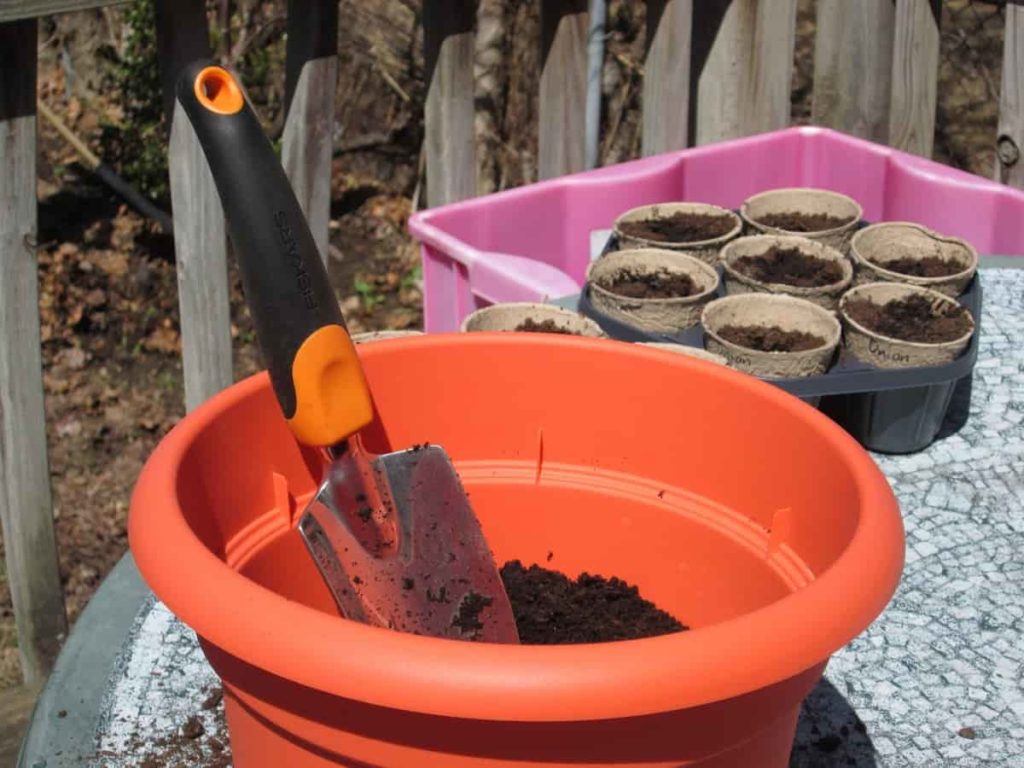
Next, plant the appropriate plants in the appropriate containers. Using the Plant List, you will be able to see a complete summary of what you are growing, including when to plant seeds indoors and outdoors and when to expect harvests, based on your specific location. Planting in containers is an easy way to grow your own, and you can quickly add more containers to fit your space. You will love the taste of fresh produce grown outside and the convenience of being able to have them right outside your door, whether you grow herbs in a pot or have a mini-farm.
Fast growing vegetables in pots
Radishes
Radishes can be grown in a pot quickly because they don’t take up much space and can be harvested quickly. A post about 6 inches deep will work perfectly for small varieties, while a more bottomless pot works better for wider varieties.
Spinach
Spinach grows best in a pot at least 6-8 inches deep that is semi-sunny. You can grow them even on a window sill if you don’t have access to much sunlight.
Peas
You can grow peas in containers because they don’t need much space or care. But, please make sure that they get plenty of sunlight and water regularly.
Potatoes
Growing potatoes is always fun, especially if you do it in a container. You’ll need at least a 12-inch pot, and you can plant three or four potatoes in that pot. Please don’t stop giving it enough water to start producing; cover all stems with soil. Then, several months after planting, you can harvest early potatoes, and later, you can harvest larger potatoes.
Tomatoes
You are entitled to fresh, juicy tomatoes; they can certainly be grown in pots. You may benefit from trying first a dwarf variety like Bush Big Boy in a 5-inch deep container. Some of the most famous dwarf varieties are;
- Cherry tomato
- Plum Yellow
- Window Box Roma
In case if you miss this: Making Vegetables Yield Faster, Tips, Ideas, Techniques
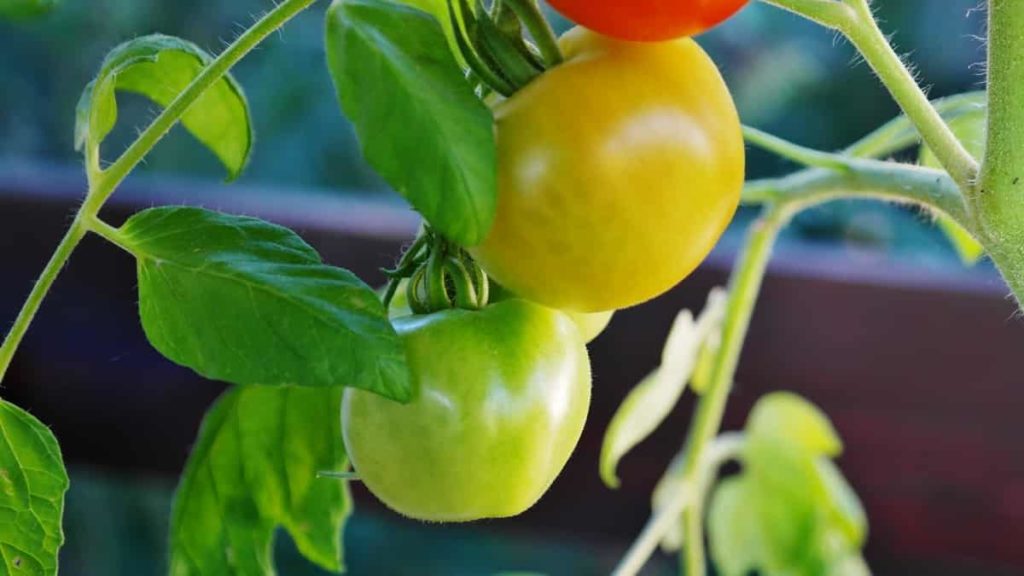
Containers and pots of all sizes fit perfectly in these varieties. Hence, once you have started planting vegetables in the containers, you must be sufficiently intrigued. The gardener is likely to enjoy many benefits from raising a garden. First, you know what is in your food when you grow it yourself, so you are fully aware of what has gone into it.
Melons
Bush Sugar Baby melons are tiny, have you heard? You can grow these tiny watermelons in small pots. The spirals would grow along the edges of a deep pot as the plant grows. To provide support for fruit, you should pay attention to these spirals.
Chilies
Growing plants is straightforward. The Mediterranean crop thrives in harsh conditions. Provide the plants with some sun and maybe staking for extra support if they are in a windy location. You will not need to feed them if you use good soil-based compost.
Kale
This annual is a hardy, long-lived vegetable, and it does not need much water; a good soak twice a week will suffice. We consider ‘Redbor,’ ‘White Russian,’ and ‘Red Russian’ the three best cultivars in flavor and color.
Peach
Using a fan against a wall will help ripen the fruit more effectively since the heat is reflected. All you need is a warm wall, lots of suns, and a large pot, around 45-50cm in diameter. Water the pot every three to four days if the weather is hot, soaking it thoroughly. Plants grown in pots are ideal for ‘Garden Lady.’
In case if you miss this: Top 10 Herbs to Grow in Hydroponics
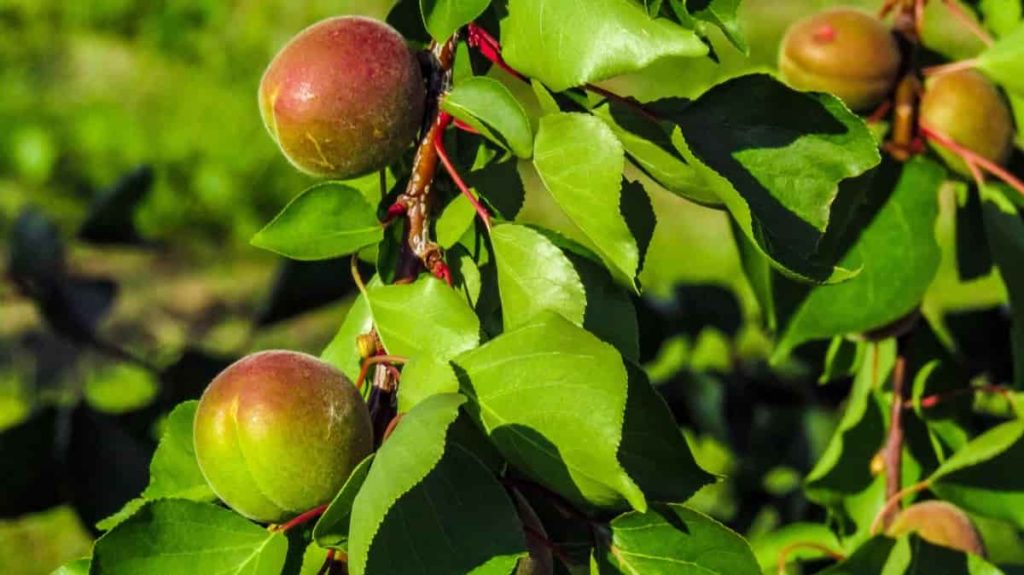
Butternut squash
Sow these annual crops early on a warm windowsill in pots to have plants ready for planting immediately after the frost has passed. Choose cultivars that will grow well in pots. You will need to water and feed your squash in a pot, and the soil will benefit your squash.
Beets
The ‘Red Ace’ variety grows best in small spaces – if you want the best results. For beets to grow freely, it would be helpful if your pot had a depth of at least 12 inches. Six plants can be grown in such a pot.
Beans
Bush varieties such as ‘Derby’ and ‘Provider’ require a pot about 12 inches of depth to grow. Ensure that roots are deep enough for your vegetables to flourish. For long poles to grow in a pot, trellis must be attached to the pot.
Carrots
Would you be interested in growing carrots in containers? Choose varieties like:
- Thumbelina
- Short n Sweet
- Little Fingers
It is more likely you will get a healthier plant if you actively water the pot. Also, choosing more bottomless pots will allow you to have longer plants. Carrots require little space and are well suited to cooler climates. However, it is essential to provide them with water as the roots can dry out and crack.
Cole crops
These vegetables are the easiest to grow in cauliflower, broccoli, and cabbage containers. Planting several types in one pot would help, however. They won’t grow otherwise.
Cucumber
If you want to grow cucumbers in containers, always choose ‘Salad Bush’ or ‘Bush Pickle’ varieties. It would help if you considered that the plants are coming out of the pot’s edges.
Eggplant
Eggplant can be grown in any pot with a depth of up to 5 inches. Even so, you would have no way of keeping the plant in the pot without the stake. Take care. Eggplants need pretty large pots, but they prefer them because they’re susceptible to pests. In hot climates, eggplants do well because they love the heat.
In case if you miss this: Top 20 Vegetables to Grow Indoors
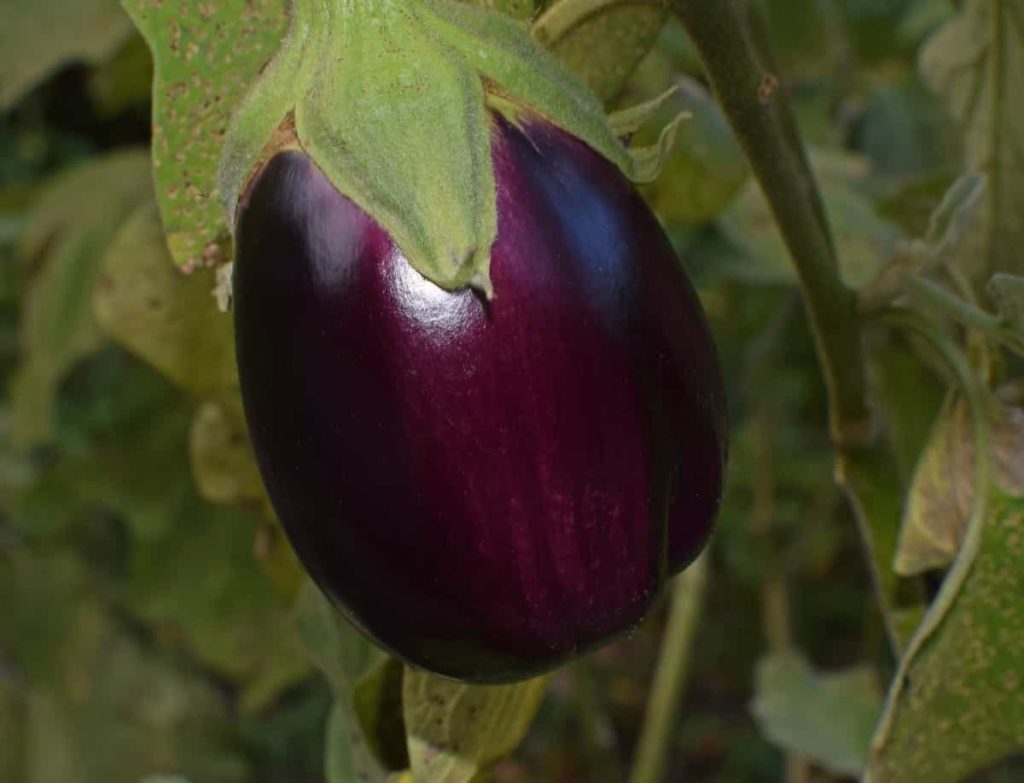
Lettuce and other greens
If you are looking for the best container of vegetables, lettuce and greens are your best options. Pot size is not essential here. Instead, plant the seeds in fertile soil and keep the soil moist so that you’ll get healthy salads from your garden.
Onions
Green onions tend to grow well in containers. You will need a bag of the set and a pot that is approximately 4 to 5 inches thick. You can grow an onion on this site until it reaches the bulb stage.
Peppers
Despite their love for pots, peppers and chilies need a lot of sunlight to thrive. Nevertheless, the pots will look great, and you’ll have a lot of peppers in no time at all. Peppers need to be planted in pots at least 12 inches deep.
Chard
Growing chard is like growing kale, except that chard tolerates warmer climates. Only six-inch pots are required, and they overgrow. Consider planting chard in the summer if you live in a warm climate.
Garlic
It would help if you chose a pot at least 6-8 inches deep and as wide as possible. In addition, it would help if you spaced your garlic plants 5-6 inches apart.
Rhubard
Growing rhubarb is a breeze, but you’ll need a deep pot and well-draining soil. Rhubarb quickly grows in colder climates, and it does not require much care.
Bitter melon
Grow bitter melon in a 12-inch pot with a trellis, just like squash, zucchini, and cucumbers. The plants will grow fast if you water and sun them well.
Okra
To grow in containers, select dwarf varieties of okra due to their smaller size. The best time to plant okra is in the summer when it will benefit from plenty of sunlight and water.
Collard greens
Collard greens are another easy vegetable to grow in pots as they don’t require a lot of care, and they are an excellent alternative to spinach.
Tips for fast growing vegetables in pots
- The roots of large plants need space to grow, and so do the roots of most small plants. Keep small containers away from hot days since they usually cannot store enough water. You can also grow more plants if your container is more significant.
- If you don’t have a barrel, you can use buckets, baskets, boxes, bathtubs, troughs, or any container that contains soil. You’ll need drainage holes on the bottom.
- While clay pots tend to be more attractive than plastic ones, plastic pots retain moisture better and won’t dry out as quickly as unglazed terracotta ones. Get the best of both worlds by slipping a plastic pot into a larger clay pot. Whenever you leave black pots out in the sun, they absorb heat.
- Many plants grown in pots need to be watered twice a day. Put a small pot inside a larger one and fill the space between them with sphagnum moss or crumpled newspaper to keep plants cool and moist during hot summer days. Also, it would help soak the filler between the pots when watering the plant.
- Growing herbs, cherry tomatoes, and other plants at eye level can be quickly tended and harvested in hanging baskets, making good use of extra space. To improve drainage, add about 1 inch of coarse gravel to the bottom of the container.
- Containers are best suited to vegetables that are transplanted easily. You can either purchase transplants at your local nursery or start them yourself.
- Fertilize container plants with liquid fertilizer twice a month, following the label directions.
- Compost or fish emulsion can be applied occasionally to the soil in containers to add trace elements. Be sure to place containers in areas with ample sunlight and ventilation. Make sure insects are controlled.
In case if you miss this: Vegetable Gardening Ideas At Home
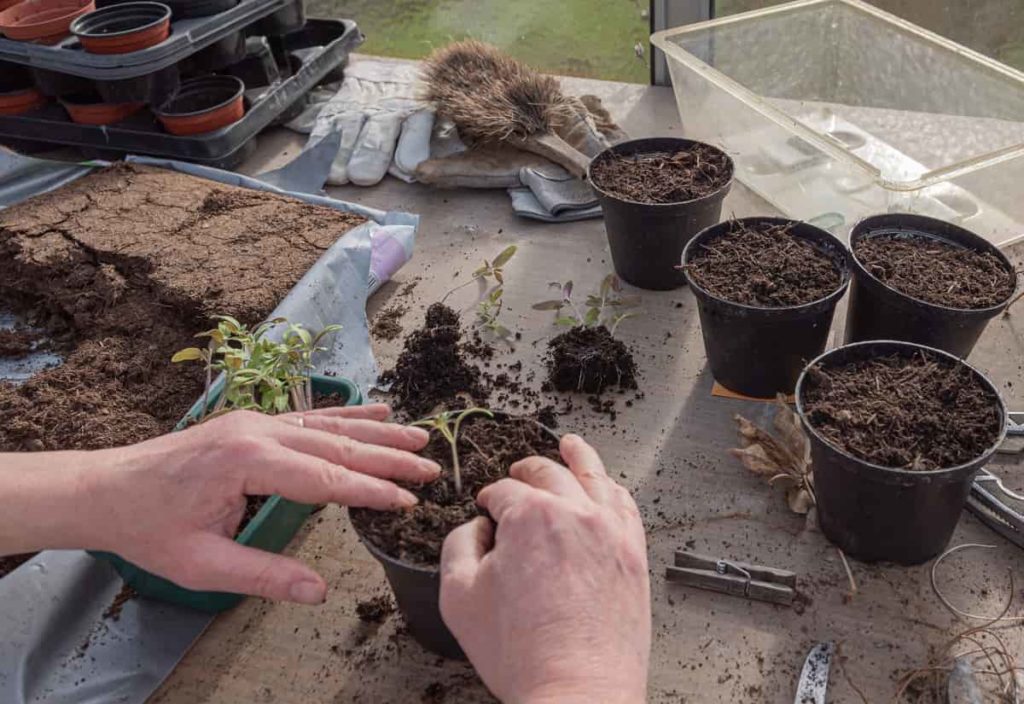
Commonly asked questions about fast growing vegetables in pots
1. How do you grow vegetables in pots successfully?
Vegetable plants like sun, so it is essential to place your containers to get at least six hours of direct light each day. A south-facing or west-facing location is ideal. Your plants will be easier to access if you place them close to your house.
2. What is the best way to start a potted vegetable garden for beginners?
- Make a small space your starting point
- Grow what you enjoy eating
- Pick a Site for Your Garden
- Design your vegetable garden layout
- Use rich soil to start plants
- Be prepared for pests and diseases
3. What is the best method for preparing the soil before planting veggies in pots?
Your containers are not meant to be filled with soil from your garden or bagged topsoil. Using a potting mix that holds moisture and resists compaction would help to retain moisture in the containers. Compost and granular organic fertilizer are mixed liberally.
4. What is the safety of our plastic pots for growing vegetables?
If you know which plastics to use, you can grow food using plastic containers. However, plastics can be harmful to the soil, especially when heated or exposed to sunlight for long periods.
5. Which vegetables grow well together in containers?
- Broccoli and Onion
- Basil and Tomatoes
- Pepper and basil
- Carrot and Onion
- Leeks and onion
- Cucumber and Radish
- Carrot and beans
- Lettuce and garlic
- Flower Garden Designs and Layouts for Beginners
- Planting and Spacing Techniques in Papaya: A Beginner’s Guide
- Growing Gold: Essential Techniques for Planting Pineapples
- How to Make Kalanchoe Plant Bushy: Home Remedies and Solutions
- 11 Reasons Why Your Gardenia is Not Blooming: Home Remedies and Solutions
- Eco Elegance: The Guide to Designing a Drought-Tolerant Landscape
- Gardening on a Slope: Strategies for Hillside Landscaping
- Nourish and Flourish: Top Organic Mulches for Thriving House Plants
- Everything You Want to Know about Indian Mogra Flower: Discover Uses and Growing
- Green Thumb Success: Expert Tips for Cultivating Greenhouse Pumpkins All Year Round
- Maximize Growth & Flavor: The Ultimate Guide to Companion Planting in Herb Gardens
- How to Control Rhododendron Problems Naturally: Home Remedies and Organic Ways to Fix Them
- Natural Magic: The Remarkable Benefits of Cinnamon for Plants
- Best Steps to Revive Dying Tulip with Natural and Organic Treatment
- 10 Reasons Why Your Angel Trumpet is Not Blooming: Remedies and Treatment
- How to Fix Periwinkle Leaf and Flower-Related Problems: Natural Remedies and Solutions
- How to Fix Zinnias Leaf and Flower Problems: Discover Natural and Home Remedies
- Organic Steps to Induce Lemon Tree Flowers: A Comprehensive Guide
- Bloom Booster: Crafting the Perfect Homemade Bougainvillea Fertilizer
- Optimizing Growth: A Guide to Applying NPK Fertilizer for Potted Plants
- 10 Best Homemade Fertilizers for Rubber Plant: DIY Recipes and Application Method
- How to Boost Female Pumpkin Flowers: Effective Steps for More Flowers and High Yields
- Transform Your Indoor Garden: Top Benefits of Pink Salt for Houseplants
- 10 Best Homemade Fertilizers for Peacock Plants (Calathea): Easy DIY Guide
- Unlock Blooms: 9 Reasons Why Your Potted Chrysanthemum is Not Blooming
- 8 Reasons Why Your Potted Hibiscus is Not Blooming: Fix it with Simple Solutions
- Unlock Blooms: 9 Key Reasons Your Potted Frangipani Won’t Flower
- 10 Reasons Why Is My Ice Plant Not Blooming: Remedies and Treatment
- 10 Reasons Why My Potted Hydrangea Not Blooming: Treatment and Remedies
- 10 Reasons Why is My Wisteria Not Blooming: Remedies and Treatment
- 10 Reasons Why is My Goldfish Plant Not Blooming: Remedies and Treatment
- Maximize Your Space: Ultimate Guide to Balcony Gardening with Grow Bags
- 10 Reasons Why Your Iris is Not Blooming: Remedies and Treatment
- 10 Reasons Why Your Anthurium Plant is Not Blooming: Treatment and Remedies
- 10 Reasons Why Your Aquaponic Plants Are Not Flowering: Remedies and Treatment
- 10 Reasons Why Your Agapanthus is Not Flowering: Remedies and Treatment
·